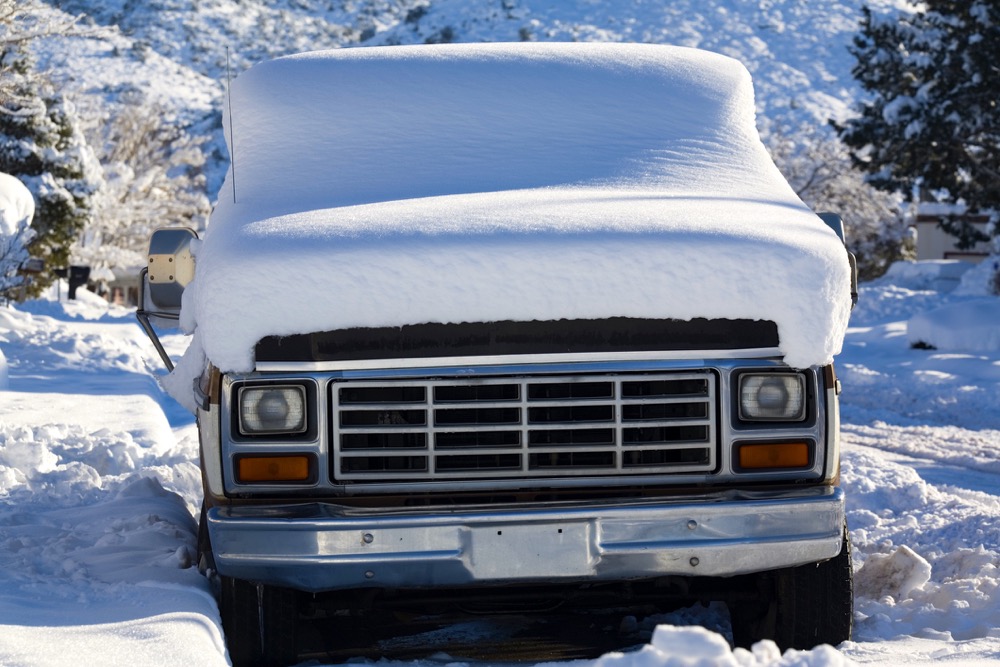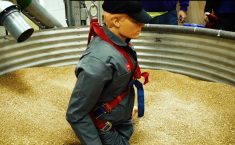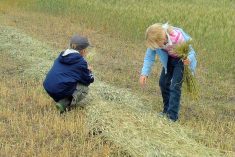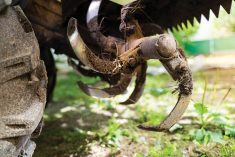With winter comes snow and with snow comes snow clearing. No matter how (front-end loader, blade, snow blower or even a snow shovel or scoop) or where you clear snow (walkways, driveways, lanes, barnyards, shops, around bins and fuelling areas) there are some basic safety tips to keep in mind to keep everyone safe.
Generally, before starting any snow clearing, take basic safety precautions. These include dressing for the weather. If you have any helpers, make sure they also dress appropriately. It doesn’t take long to get frostbite. Layers of breathable, water-resistant, windproof clothing are important. As with other farm tasks, letting someone know what you’re doing, where you’re going and when you expect to be done is essential.
Read Also

Gentle treatments for pain in the neck
Heading toward year-end, people unknowingly tense up against the cold and busyness, causing neck pain that can often be treated with appropriate support and gentle mobility, athletic therapist Kathlyn Hossack says.
Much like other strenuous activities, have a chat with your doctor to make sure you’re able to safely shovel snow. Once you have the all-clear, follow a few safety tips:
- Limber up! Before you start the back-breaking work of hand shovelling, warm your body up for the work.
- Use the proper equipment. Ideally, shovels should be lightweight and sturdy. Make sure the shovel used for the job matches the task. Use push types, and smaller blades for lifting and throwing.
- Try to push the snow rather than lift it.
- Pace yourself and take frequent breaks.
As for machine-powered snow removal equipment, general safety advice includes inspecting and maintaining equipment, preparing and checking the work area for obstacles (this would include moving cords and hoses and checking for overhead lines), being familiar with the controls and capacity of the equipment and of course, keeping children, livestock and pets away from the work area.
If you’re using a snow blower:
- Aim output away from people, animals, buildings and vehicles.
- Before clearing any clogs, ensure the PTO is disengaged.
If you’re using a front-end loader or a skid steer loader:
- Make sure all lights, beacons, and warning beepers are working.
- Ensure that you’re able to see out of the cab windows — remove snow and ice before you start working.
- No passengers at any time.
Using blades, plows and graders:
- Clean up furrows at intersections.
- Use chains on tires as needed in order to maintain traction.
- Be mindful of pinch points if changing blade position.
With any snow removal method, make sure snow piles don’t obscure the view at intersections or anywhere traffic is moving. Slips, trips and falls are a leading cause of injury. Take a minute to spread sand (or salt if it’s warmer than -20 C) to improve traction on walkways. If you’ve used any equipment, check for damage and make a plan to repair before the equipment is required again.
Stay safe this winter season.















